In this article:
Giving can be expensive and stressful, or it could be an exercise in thoughtfulness and gratitude while being kind to loved ones and the planet. Below are some of my go-to gifts to make it a season of giving.

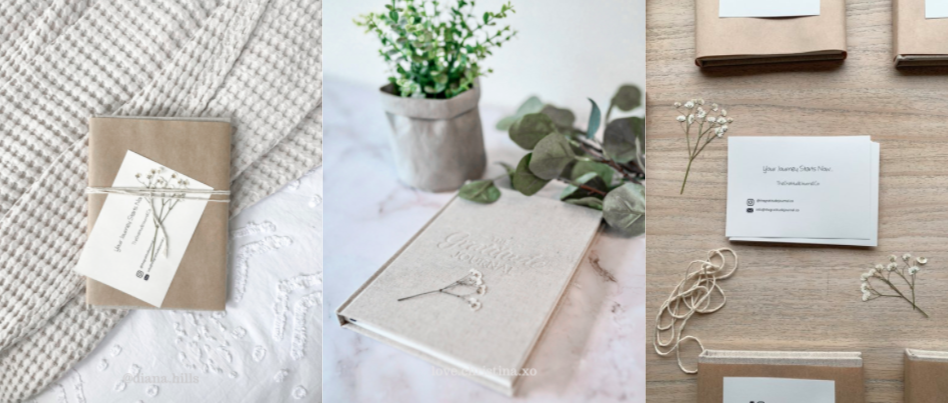
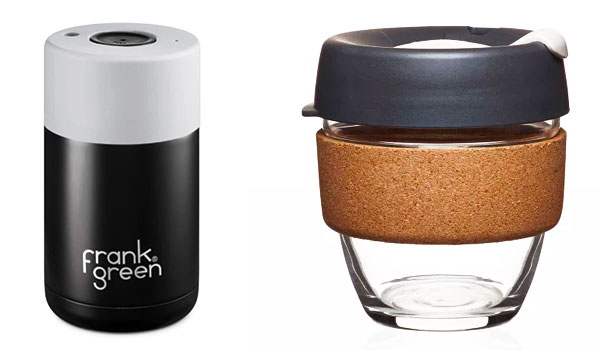
Sustainable Christmas gift ideas for adults:
Sustainable Christmas gift ideas for kids:
If none of these suit you, check out marketplaces for ethical suppliers like @biomestores, @floraandfaunaau, or @goodonyou_app.
For a full gift guide, see my blog post with categorised Sustainable Christmas gift ideas for every type of person in your life.
While giving and receiving is about much more than the item itself, sometimes we need to drop a few hints so that what we do receive from our loved ones is kinder to the planet and more useful to ourselves.
Be prepared. Think about what you need, not want, for when someone asks you ‘What would you like for Christmas?’ Think about what you or your family need to be more sustainable, or if you don’t need anything, then say so and maybe suggest a donation, experience, or just forego gifts instead.
Be a role model. Get in early and give sustainable Christmas gifts yourself. Talk about why you chose the gifts, too, so the other person understands that it's important to you and that those options exist.
Place limits on gifts. Part of being sustainable is consuming less. Think about a family Secret Santa instead of giving a gift to everyone. And tell the grandparents that the kids maybe don’t need all of those plastic toys they want to get them, and instead only give one or two gifts each.
Be honest. It can be awkward to say ‘thanks but no thanks’ to that suggestion of a particular gift. But with the environment as your reason to say that, it is worth the gentle steer in the other direction.
But also don’t forget - always be kind and gracious with whatever you receive.
This is something to consider for gift giving and receiving all year round, not just at Christmas!
What I have learnt over the years is that with BIG parties comes BIG piles of presents. But, even if it's not a large quantity, you still might not even like what you do receive. Some of it we just end up not wanting or needing. So what do you do with it if that’s the case?
I personally think you can totally regift! (just make sure you aren’t giving it to the person who gave it to you). Stash the gifts away and if you need to buy something for a birthday, baby shower or other occasions, check the secret pile first before buying something new.
Or, if you still feel weird about regifting, consider if you could donate it. There are many charities that work especially hard on Christmas to provide for families that need it most. And if all else fails, list it on a second-hand marketplace for someone who might want and treasure it.
Whatever you do with it, remember that you have already experienced the real reason for the giving of the gift - the feeling of love and security and belonging that comes when you receive a gift is far more valuable than the gift itself.
Did you know that most regular wrapping paper can't be recycled?
It usually contains foil or glitter (or both) and is often laminated with a thin layer of plastic to make it slightly more durable and flexible than regular paper. A lot of wrapping paper is also too thin to effectively recycle and arrives at the facility covered in sticky tape, so the whole paper goes to waste.
So what other options do we have to make our gift-giving more eco-friendly for a sustainable Christmas?
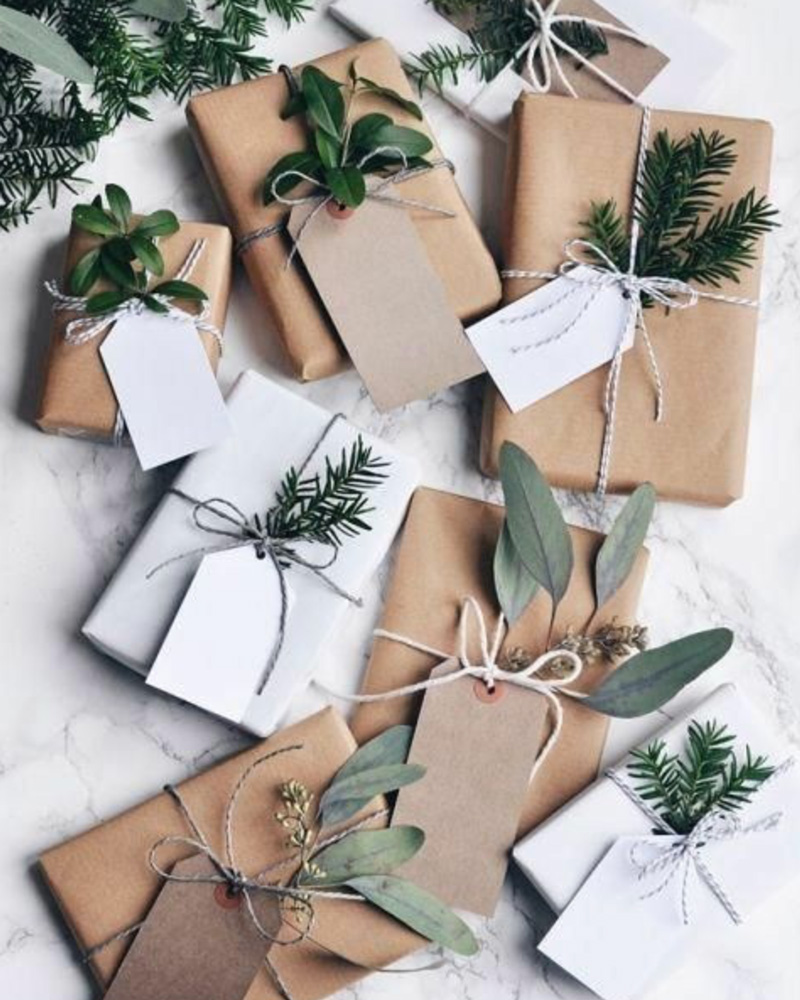
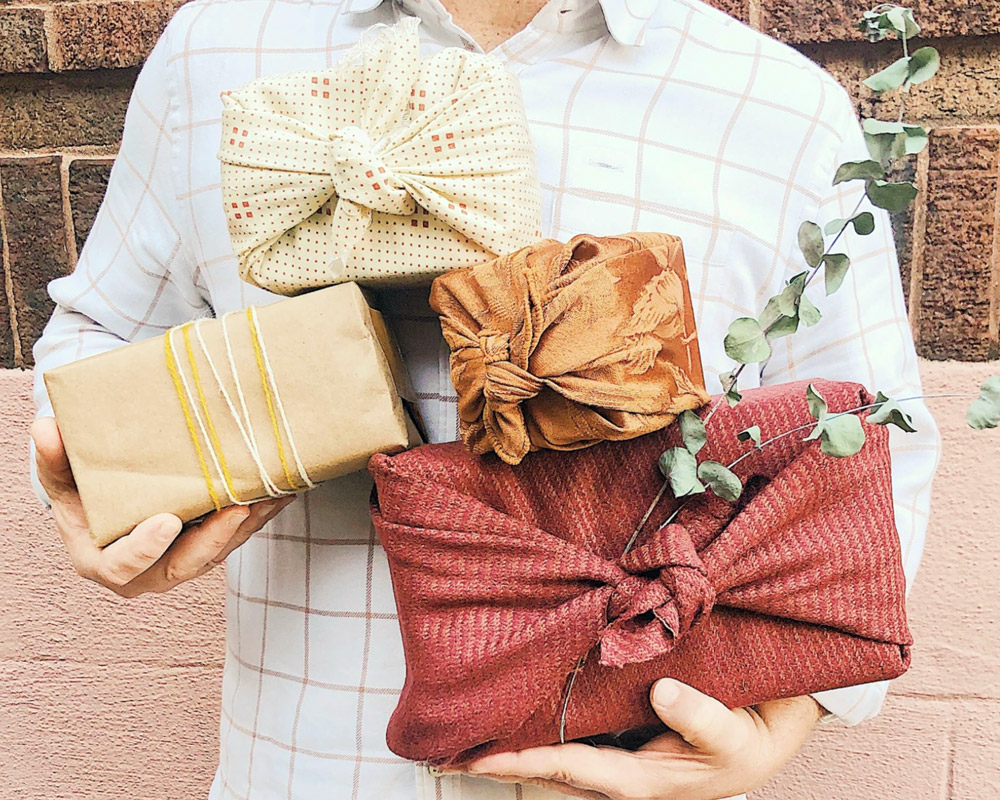
Use Kraft paper. It’s a natural, biodegradable, and compostable material. If you don't want to buy kraft paper, use what you already have at home instead.
You can use:
Use Washi Tape instead of regular sticky tape. It’s typically made from hemp and bamboo and the self-adhesive used in washi tape is compostable and recyclable.
Use jute string or fabric ribbon instead of poly ribbon or curling ribbon. Jute string is natural and biodegradable, or using fabric ribbon means it's easier to untie and more likely to be used again and again. Add a paper gift tag to complete the look!
Use leaves or flowers as decoration. It’s all-natural and adds a unique look. A sprig of rosemary looks romantic and fresh and smells delicious. You can also use pressed flowers or even gum leaves.
Use the folding and tying method of Furoshiki - the art of wrapping with cloth! You can use any square piece of cloth, or even a decorative tea towel to add an extra gift to your gift. You can also use a pillowcase, scarf, handkerchief, or old unused fabric pieces found around the home or in op-shops.
Similarly to wrapping paper, did you know that most greeting cards have a plastic film on them and can’t be recycled? Thank goodness there are plenty of alternatives out there:
DIY cards. Use scraps found at home or good old regular paper. You can decorate them as creatively as you like and it adds a personal touch.
E-cards. Adobe Spark is a free service with pre-made templates you can use. Or Charity E-cards has pre-made cards that you can customise for just $2, part of which goes to your chosen charity. Bush Heritage Australia is one of my favourites, and they also sell (virtual) gift cards to help support their conservation work.
Buy from eco-conscious brands. Thinktree and Earth Greetings are just two of the many companies providing amazing sustainable Christmas cards that are made from recycled materials and are Australian-owned and made.
Write directly on the wrapping paper. If you’re giving a gift, skip the card entirely and write on the (Kraft) paper wrapping instead.
Real is better than plastic. Real trees produce oxygen and can be composted after use. Even better if you are willing to buy the one that no one else wants, to save it from being wasted later. But obviously, if you already have a plastic Christmas tree, don’t throw it out just to buy a new, real one.
However, if you really want to buy a plastic tree that will last for many years to come, check out second-hand marketplaces like Facebook or Gumtree. This will contribute to a circular and sharing economy rather than consuming new plastic, plus it will more than likely be cheaper than buying new!

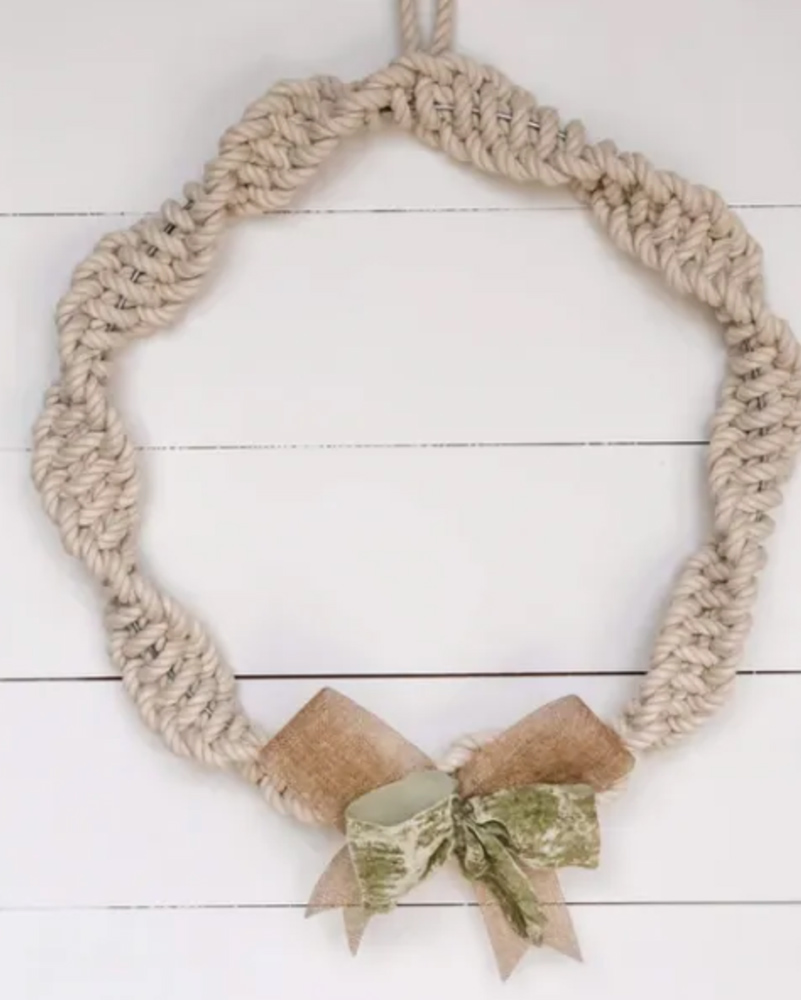
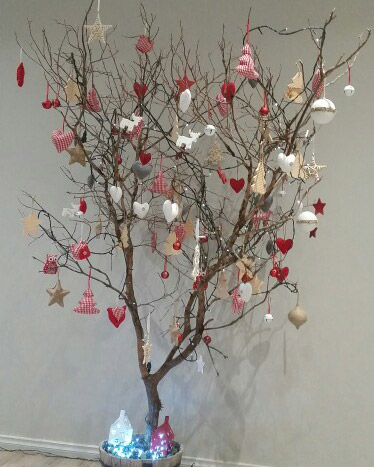
Make your own sustainable Christmas tree. If you can’t buy the real deal, you can make one out of paper via origami! Or find branches and pop them in a pot or vase and decorate them so it looks like a tree. This way also saves space and effort.
Create a reusable felt tree for the kids. Let the little ones unleash their creativity without the mess. They are also easy to store away and can be reused for years to come.
Use LED lighting or solar-powered lights. LED uses less energy so it’s good for your wallet and the environment!
Opt for natural wreaths. Instead of more plastic, choose to buy from a local artist who uses live plants or paper. They not only look great but smell good too.
Ditch the tinsel. Not only is it non-recyclable, but it also falls apart really easily and can become microplastics that get everywhere. Go for hanging decorations made from paper and other natural materials or make your own snowflake garland. This could also be a great arts and crafts moment for the family.
Are you hosting a family or friends Christmas get-together this year? Here are some tips on how to make your work Christmas party, family gathering, or friend group catch-ups more sustainable.
When getting ready to host, here are some things to think about:
Consider what kind of wrapping your food, napkins, and other party products come in. Avoid plastic if possible and buy from local businesses.
Make your gathering into a potluck lunch or dinner, where people bring a seasonal, homemade (vegetarian?) dish. You can also ask them to write the recipe down, then copy and share those recipe cards with all the guests after the party.
Skip the balloons, plastic confetti, and glittery decorations. If you need to have a theme, go for something natural with flowers and paper decorations, or forego the decorations altogether.
Ditch the single-use items and go for reusable plates, cups, and utensils. But if that's not possible look into biodegradable or compostable versions and how to dispose of them properly.
Encourage carpooling with guests coming to the location. It helps reduce pollution and eases parking congestion too.
Recycling and compost bins should be as easy, or easier, to find for guests than garbage bins. If trash cans are more readily available and accessible, guests will likely use those as default. If you don't have compost, check out the ShareWaste app to find the closest compost drop-off location to you.
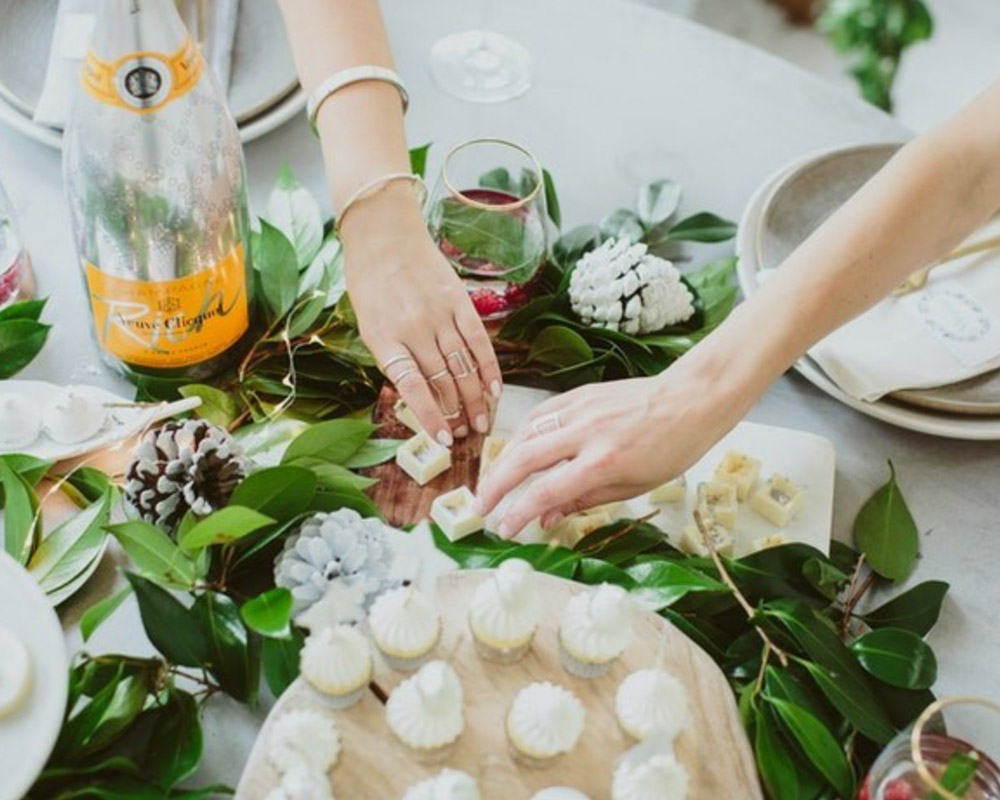
I know for me and many others, the highlight of Christmas day is tucking into a delicious roast lunch or dinner (then not moving for the rest of the day).
But, can we really have a sustainable Christmas meal? Below are some ideas on how you can do just that…
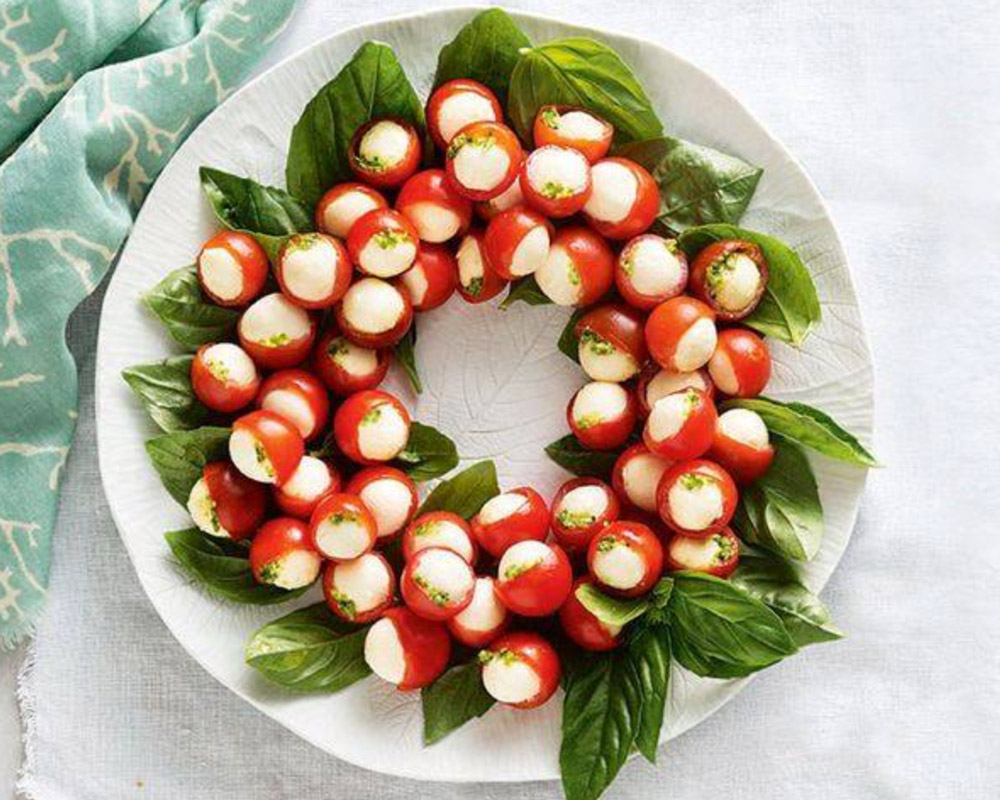
If you don't want to give up meat, here are some things to think about:
If you're open to trying new, vegetarian alternatives, have a look at these:
One of my favourite Christmas group activities is also baking and decorating sugar cookies. Grab some Christmas-shaped cookie cutters and some red, green, and white frosting, and go nuts! This is also a great activity to do with the kids in the lead up to the day, while they are on school holidays and need some entertainment!
Australians throw away $20 billion of food a year, and half of the waste is happening in households. The problem accelerates over the festive season!
Plan your food shopping with a list and portion sizes for how many people you’ll be catering for. Nearly half the respondents to a 2020 Australian survey on food wastage don’t make shopping lists.
Buy ugly fruits and vegetables. Unless they smell wrong, a fruit or vegetable's size, shape or colour should not affect their eating or cooking quality. Plus, the 'odd' pieces are usually left to rot so they are actually discounted in some stores compared to their perfect siblings.
Get wise to sell-by and best-before dates. These are often simply manufacturers’ suggestions for peak quality and not strict indicators of whether the food is still safe for consumption. Know the difference between the two and research whether they are hard deadlines for consumption, or if there is some grey area where they are still okay to eat.
Store leftover food properly, freeze it if you can, and remember to eat it. You can also regrow certain vegetables from their stems or stumps, so don't throw those away either!
Get creative by preparing different meals with leftovers. Here are some suggestions from common Christmas foods:
Bon appétit!
It might sound complicated, or just too hard, but every little bit counts. Whether you're going to visit family, or take time off work to travel around, it’s all about taking the sustainable mindset from your everyday life, into your holiday experiences.
Looking for ideas for more sustainable Christmas holiday travels, right here in Australia?
Take an empty esky and explore somewhere new in your state or closer to home. Plan a slow road trip and really soak up the local way of life. Fill up your esky with scrumptious food, drink and even a cheeky bottle of wine from local producers.
Try an Aboriginal-owned eco-lodge or experience. At certain places, you can stay in low impact accommodation that reflects the First Australians' values of caring for Country.
Remember - resist the temptation to feed or disturb wildlife and leave nothing but footprints when you go.
We all want to feel good during the holiday season, and what better way to do that than by giving donations, time, or money to the people who need it the most. Not only is it more sustainable than physical presents, which the receivers may or may not want, but it encapsulates the true meaning and spirit of Christmas as well.
Christmas is an especially trying time for a lot of people and families, only made tougher with the consequences of the pandemic in recent years.
Here are some easy and valuable ways to give back to those in need:
Please feel free to share any causes that are close to your heart this Christmas in the comments.
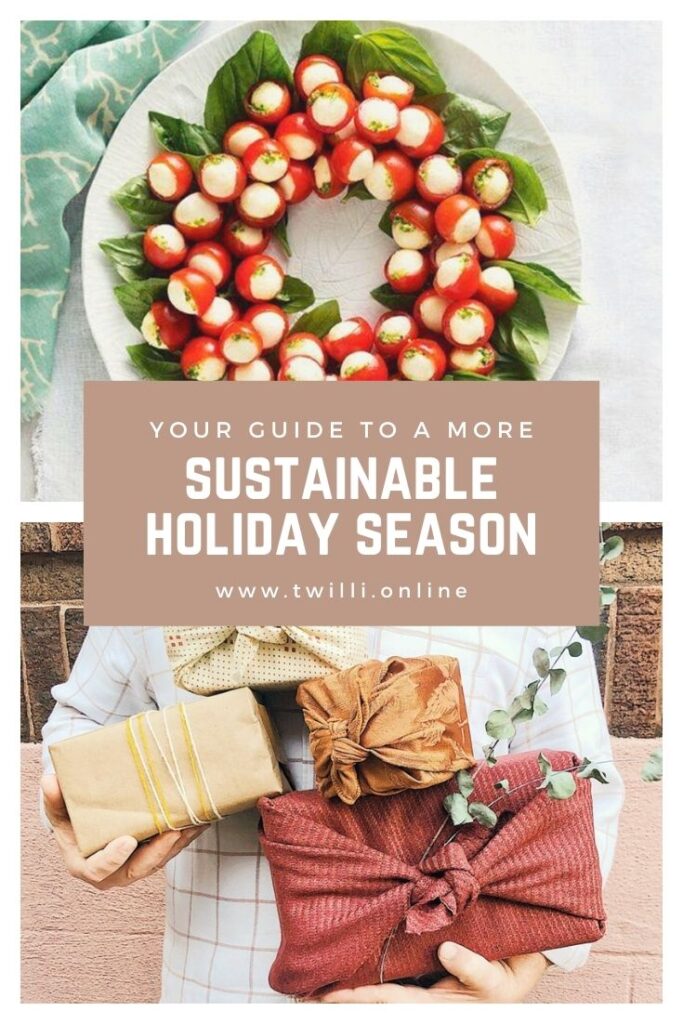
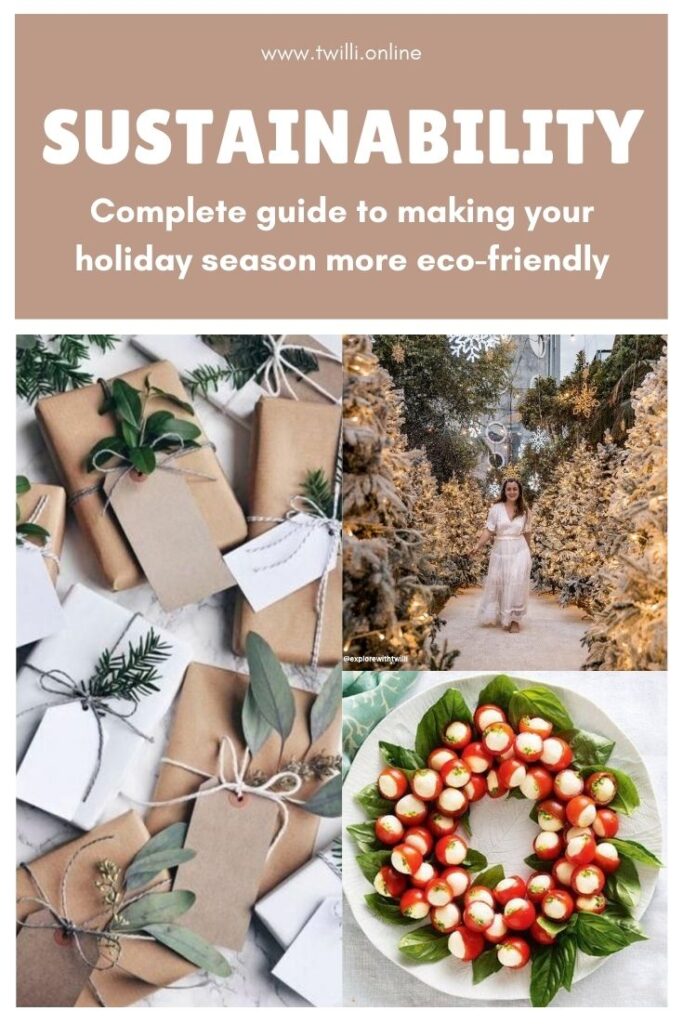
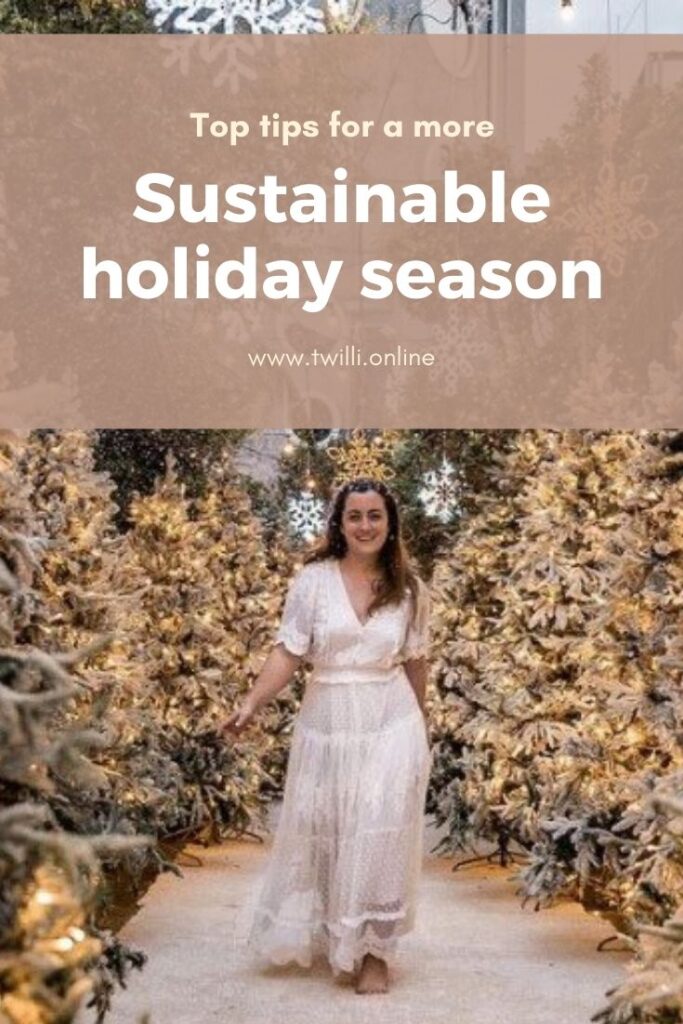
To see more sustainable tips related to life and travel, follow me on Instagram.
